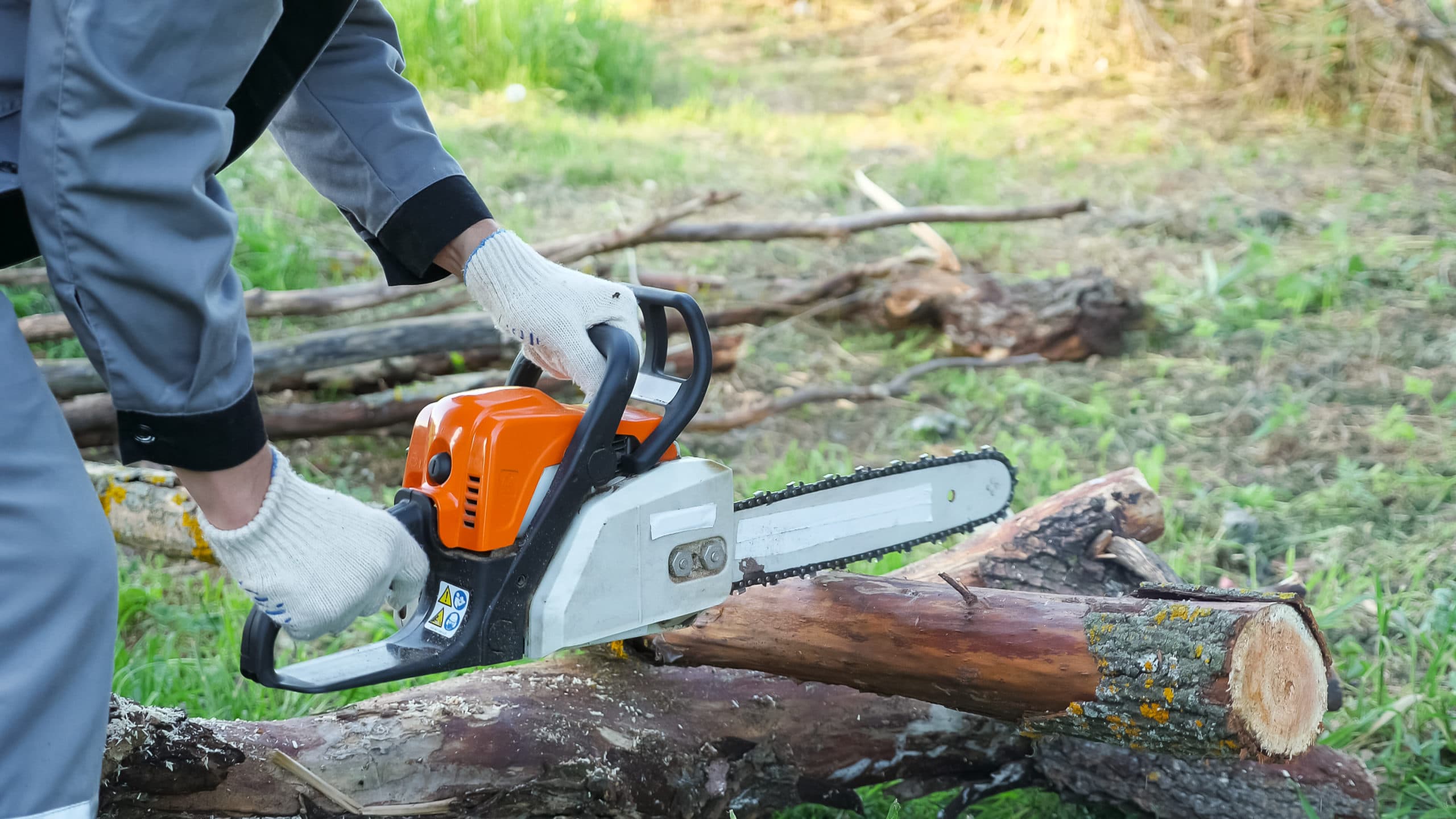As we make the transition to the fall and winter months there will be an increase in storms. Storms in New England are prone to harsh winds that cause trees and branches to fall. If you find yourself involved in storm cleanup, then safety is a top priority. So is the task of keeping trees and forests in your area healthy.
First- If utility lines around you are down, then you should stay away and notify the utility company. While it’s important to clean up, it’s more important to stay safe.
After power and other utilities have been restored, property owners will be faced with the issue of what to do with storm-damaged trees. Here’s some advice from experts for common situations:
- Trees and branches on homes and around power lines. Homeowners need to find solutions for trees and branches on their homes. Even if a hanging limb is clear of power and utility wires, homeowners should rely on professionals to assess the severity of the damage before trying to repair or remove a branch.
- Injured trees requiring climbing or chainsaw work. Call a licensed arborist for help. Arborists are tree-care professionals who are trained to assess and work on storm-damaged trees. They also have the experience needed to diagnose how much of a tree can or should be saved. Be wary of those offering fly-by night, emergency tree-cutting services. Always ask for proof of licensing, insurance and work references.
- Keep pests in mind when disposing of wood. Wood left behind after trees are damaged by storms may harbor insects or diseases that are harmful to forests. Moving debris out of the local area can unknowingly spread pests to new areas. Be aware that there are rules, known as quarantines, that affect transport of some types of trees or limbs downed by storms.
- It’s recommended to recycle or re-use woody storm debris.

